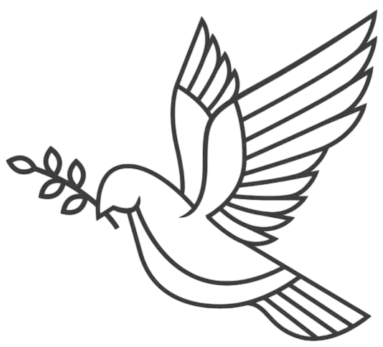
Give up your Twitter account Mr President
Originally published in the Deseret News.
I follow Twitter feeds nearly every day. It’s a great way to learn what opinion leaders have on their minds, keep abreast of politics, follow sports commentary and keep tabs on hundreds of other people and issues of interest. Twitter is the best way I know to get instantaneous and succinct information from a wide variety of people on a wide variety of topics.
While tweeting definitely has its place in our digital lives, I find President Donald Trump’s Twitter behavior completely unacceptable. It’s not his use of Twitter that is problematic. It’s the content of his tweets.
George Lakoff, a retired professor of cognitive science and linguistics at the University of California, Berkeley, has organized Trump’s tweets into a taxonomy that has been shared broadly over social media and in the media. (See “Trump’s Twitter Distraction” on Lakoff’s blog at georgelakoff.com.) I find Lakoff’s analysis revealing.
Lakoff places Trump’s tweets into four broad categories. The first is what he calls the “Preemptive Framing.” Here’s an example.
In this example, Trump frames the topic his way even though Hillary Clinton won the popular vote and lost the Electoral College by a relatively narrow margin. Trump, who has 35 million followers, preemptively frames the public message with his own spin.
Lakoff calls the next category of tweets the “Diversion.” In these tweets, Trump diverts attention from real issues.
Here, Donald Trump sidetracks attention away from conflict of interest and Russian hacking stories toward Meryl Streep’s speech at the Golden Globe awards.
Lakoff calls the third category of Trump tweets “Deflection.” Here, Trump tweets something that attacks the messenger and pivots in a new direction.
Trump reframes the story as “fake news” and establishes his administration as the source of factual information.
Finally, Lakoff identifies a category he calls the “Trial Balloon” where Trump tests the public reaction.
The United States must greatly strengthen and expand its nuclear capability until such time as the world comes to its senses regarding nukes
— Donald J. Trump (@realDonaldTrump) December 22, 2016
In this tweet, Trump attempts to test public sentiment regarding nuclear arms escalation.
This type of linguistic review would be really interesting if it wasn’t so sad. This is the President of the United States of America, after all.
I think New York Times columnist David Brooks got it right when he opined that, “at base, Trump is an infantalist.” You don’t hear that word very often. It’s defined as an adult who exhibits markedly childish behavior. Brooks says, “Immaturity is becoming the dominant note of his presidency.” Nowhere is Trump’s immature behavior better demonstrated than in the content of his tweets.
Some might argue that his tweets show a level of sophistication, shaping the media narrative. Yet, his style of spin is not sophisticated because it more often offends, alienates and aims at manipulating the public rather than informing. The petty and impulsive nature of the tweeting, no matter how effective at accomplishing his ends, is more reminiscent of a play ground than the nation’s storied seat of government.
Which explains why during the election, conservative columnist George Will had this to say about Trump’s use of Twitter: “He has an advantage on me. He can say everything he knows about any subject in 140 characters and I can’t.”
Mr. President, there are so many important national issues to focus on. We need tax reform, entitlement reform, regulatory reform and infrastructure investment. We need a bipartisan health care bill that fixes Obamacare. We need to engage productively with world leaders on climate change, cybersecurity and global security. We need stability in the White House and leadership behavior we can model to our children.
And we need you to let go of your Twitter account.

